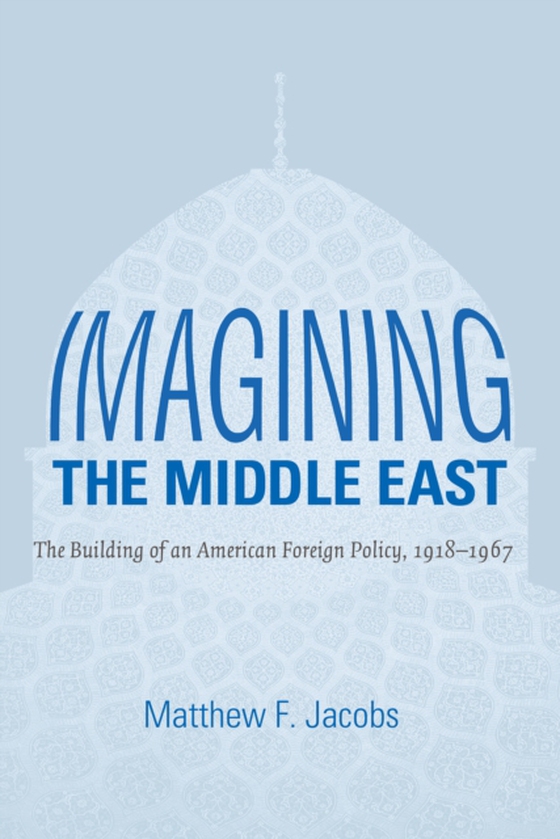
Imagining the Middle East e-bog
774,44 DKK
(ekskl. moms 619,55 DKK)
As its interests have become deeply tied to the Middle East, the United States has long sought to develop a usable understanding of the people, politics, and cultures of the region. In Imagining the Middle East, Matthew Jacobs illuminates how Americans' ideas and perspectives about the region have shaped, justified, and sustained U.S. cultural, economic, military, and political involvement ther...
E-bog
774,44 DKK
Udgivet
12 september 2011
Længde
336 sider
Genrer
HBJF
Sprog
English
Format
pdf
Beskyttelse
LCP
ISBN
9781469602783
As its interests have become deeply tied to the Middle East, the United States has long sought to develop a usable understanding of the people, politics, and cultures of the region. In Imagining the Middle East, Matthew Jacobs illuminates how Americans' ideas and perspectives about the region have shaped, justified, and sustained U.S. cultural, economic, military, and political involvement there.Jacobs examines the ways in which an informal network of academic, business, government, and media specialists interpreted and shared their perceptions of the Middle East from the end of World War I through the late 1960s. During that period, Jacobs argues, members of this network imagined the Middle East as a region defined by certain common characteristics--religion, mass politics, underdevelopment, and an escalating Arab-Israeli-Palestinian conflict--and as a place that might be transformed through U.S. involvement. Thus, the ways in which specialists and policymakers imagined the Middle East of the past or present came to justify policies designed to create an imagined Middle East of the future. Jacobs demonstrates that an analysis of the intellectual roots of current politics and foreign policy is critical to comprehending the styles of U.S. engagement with the Middle East in a post-9/11 world.
 Dansk
Dansk

